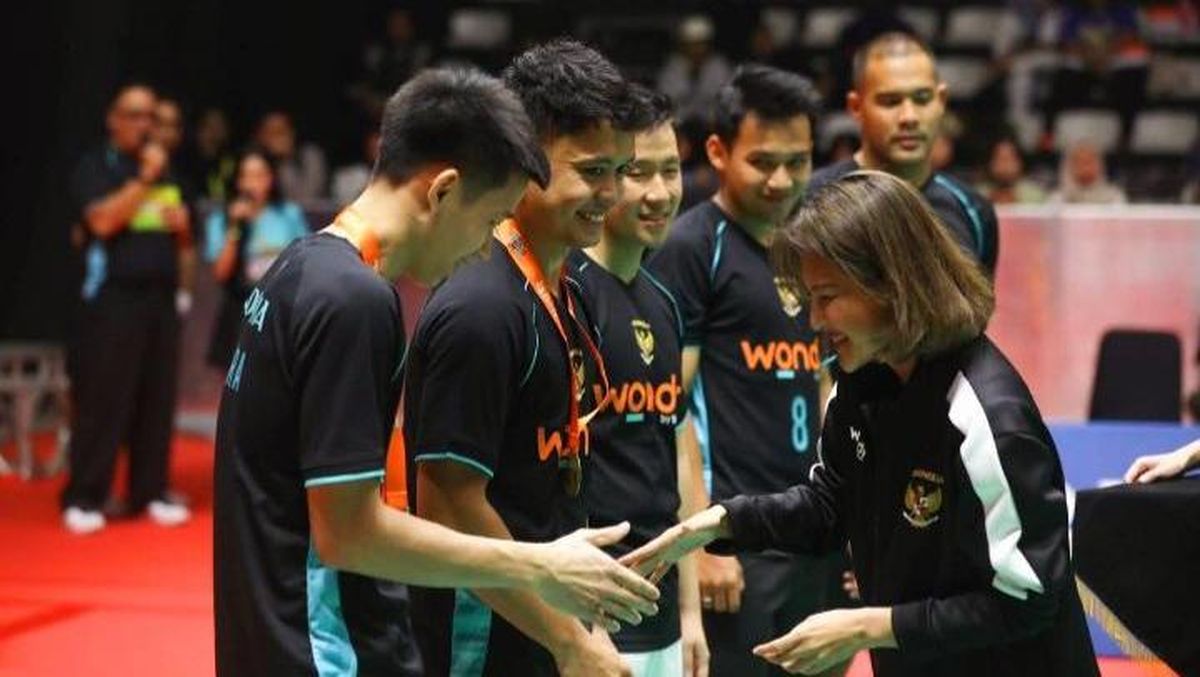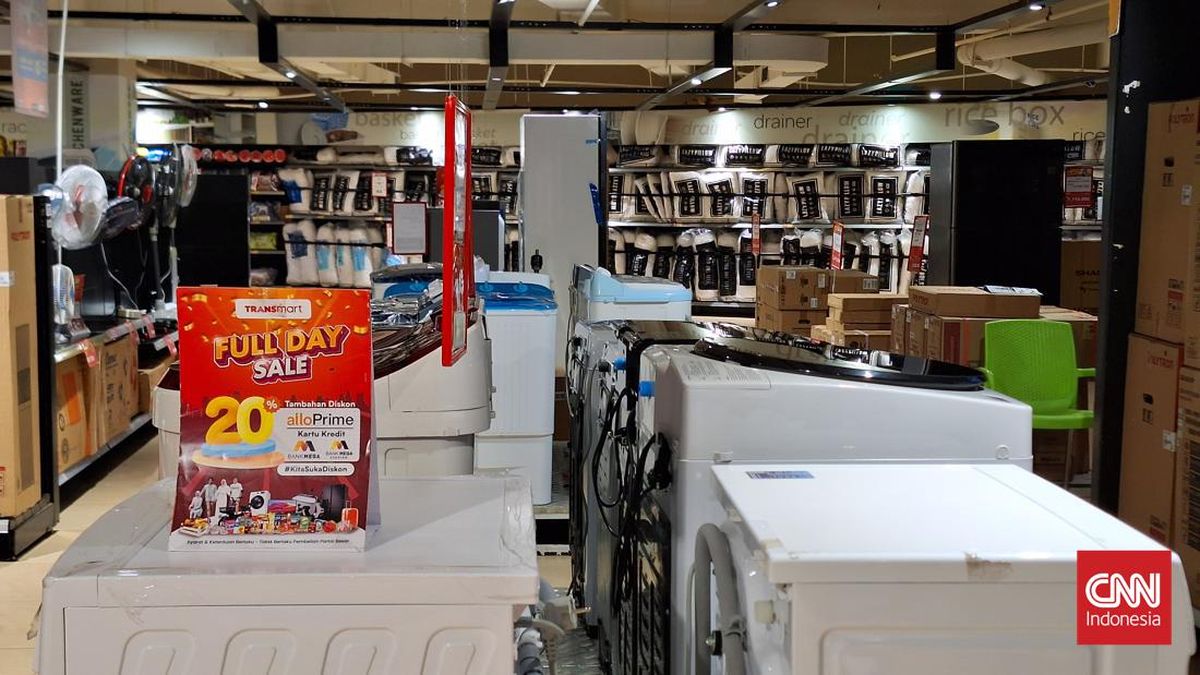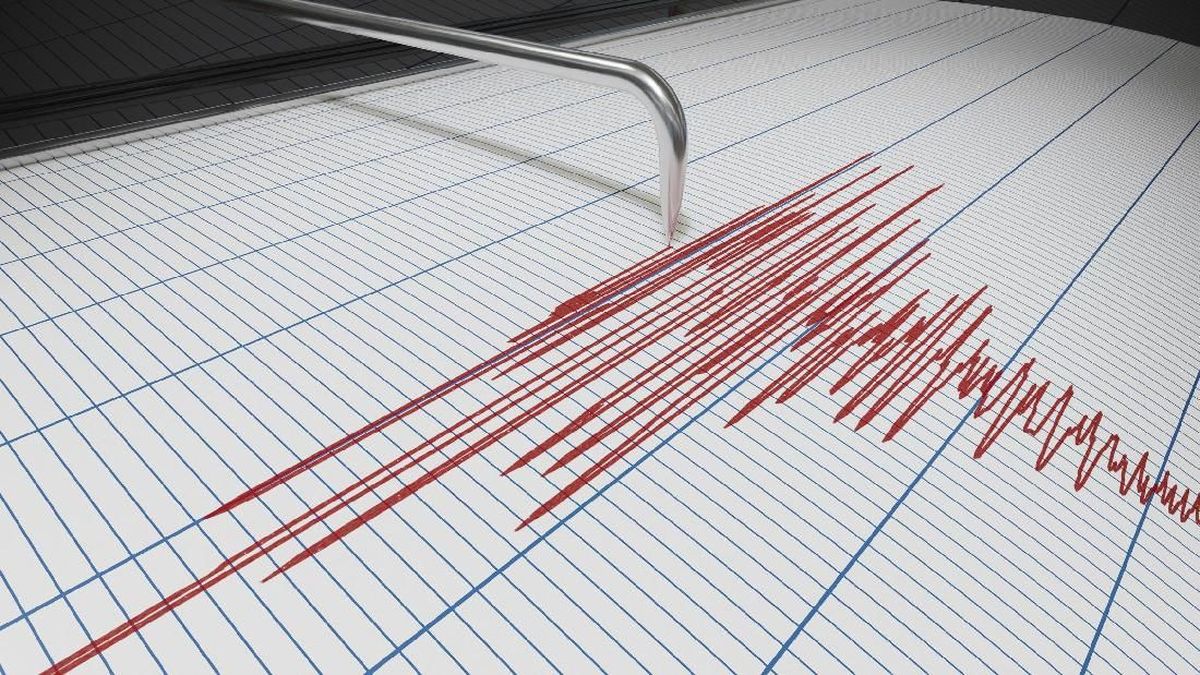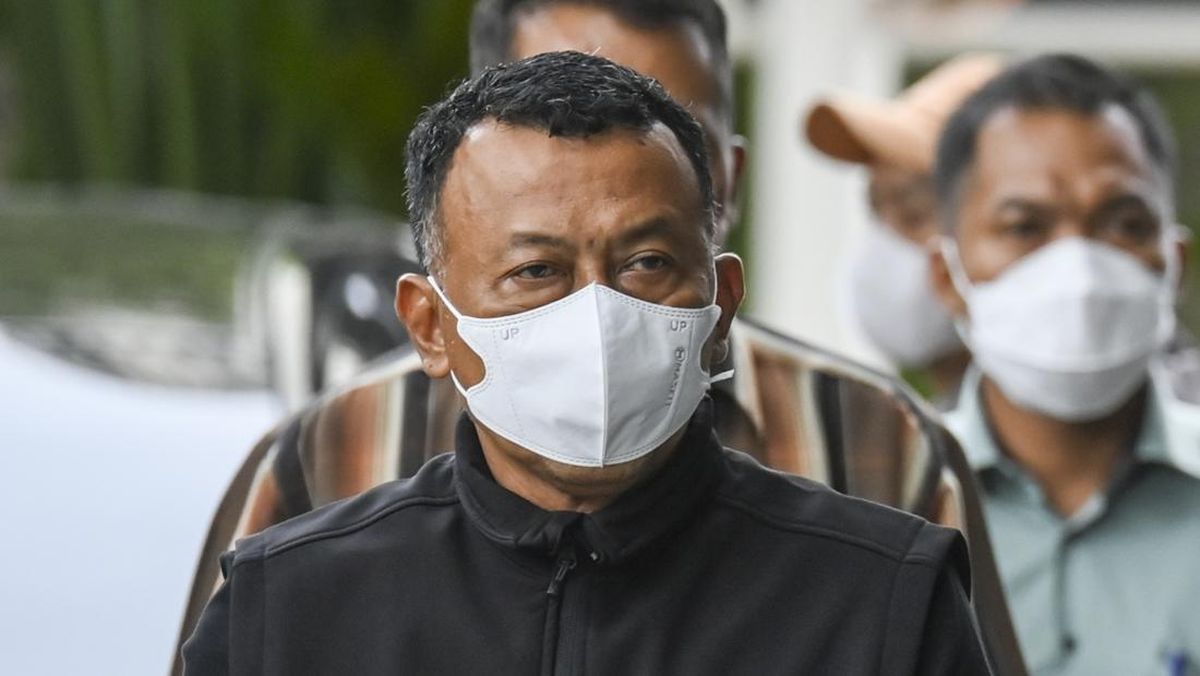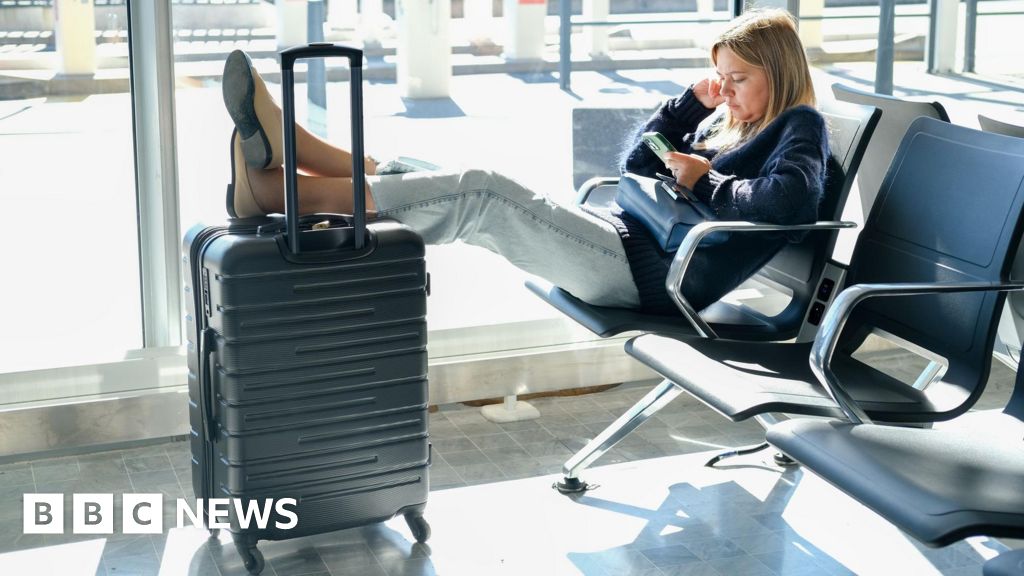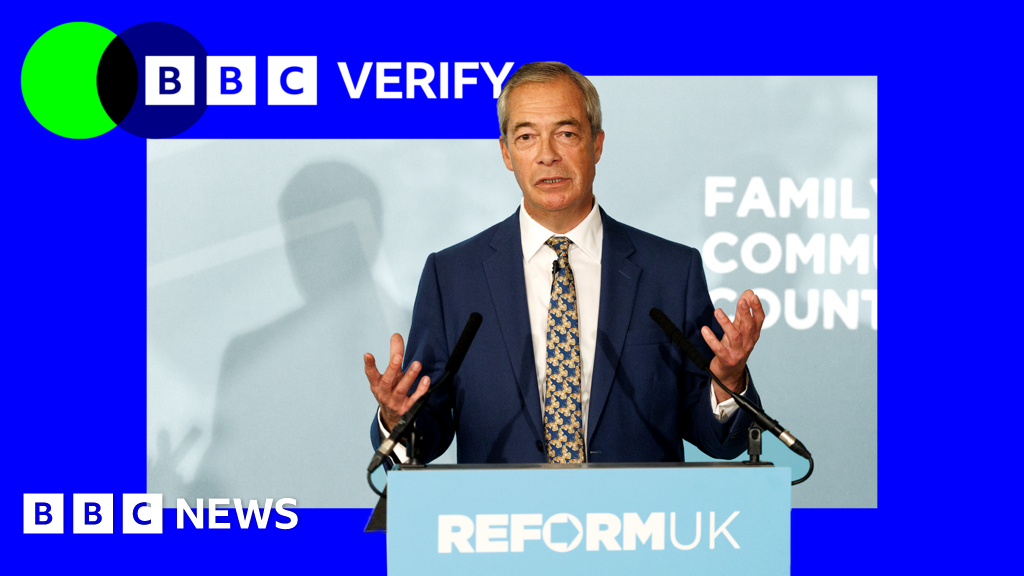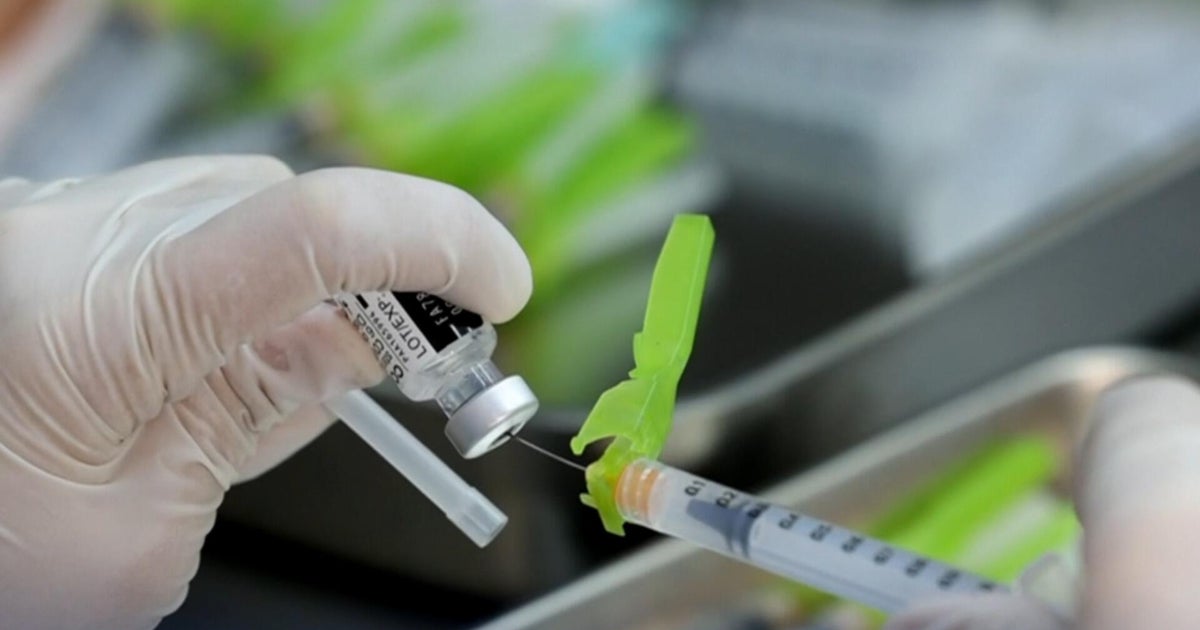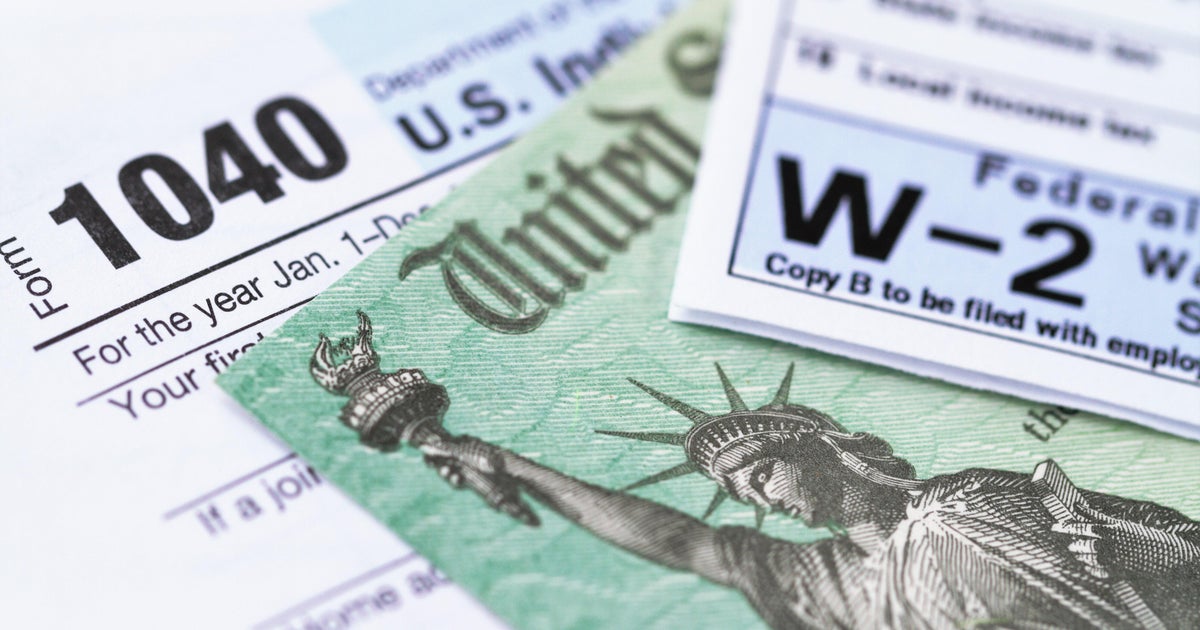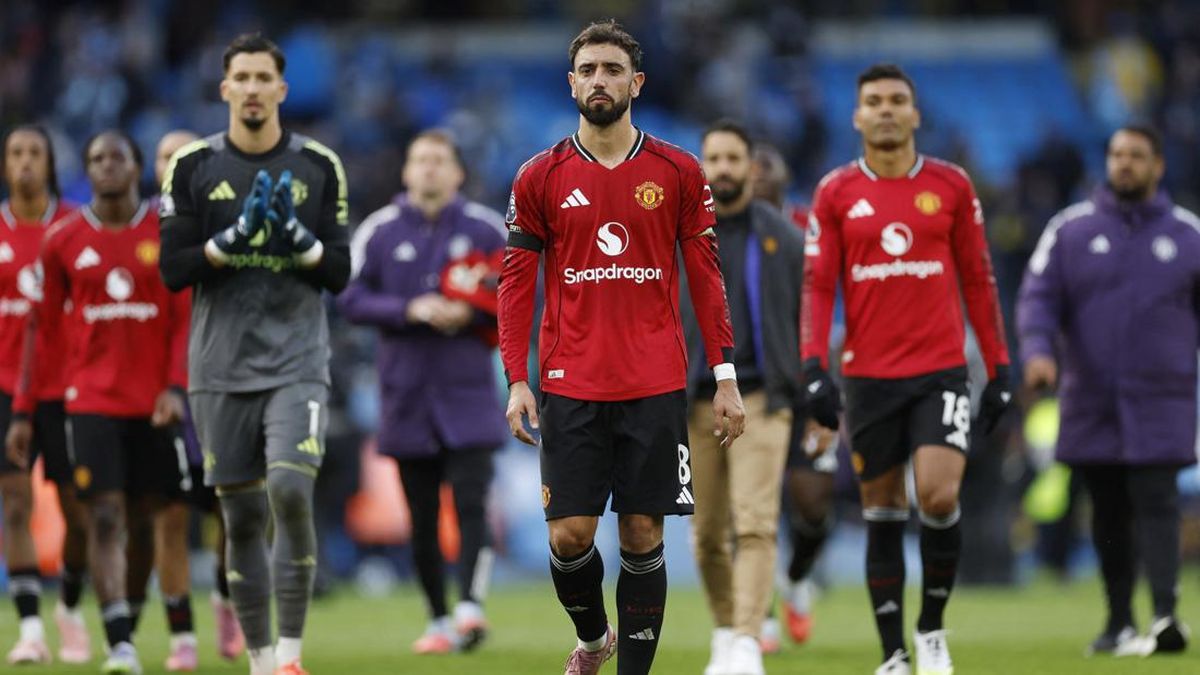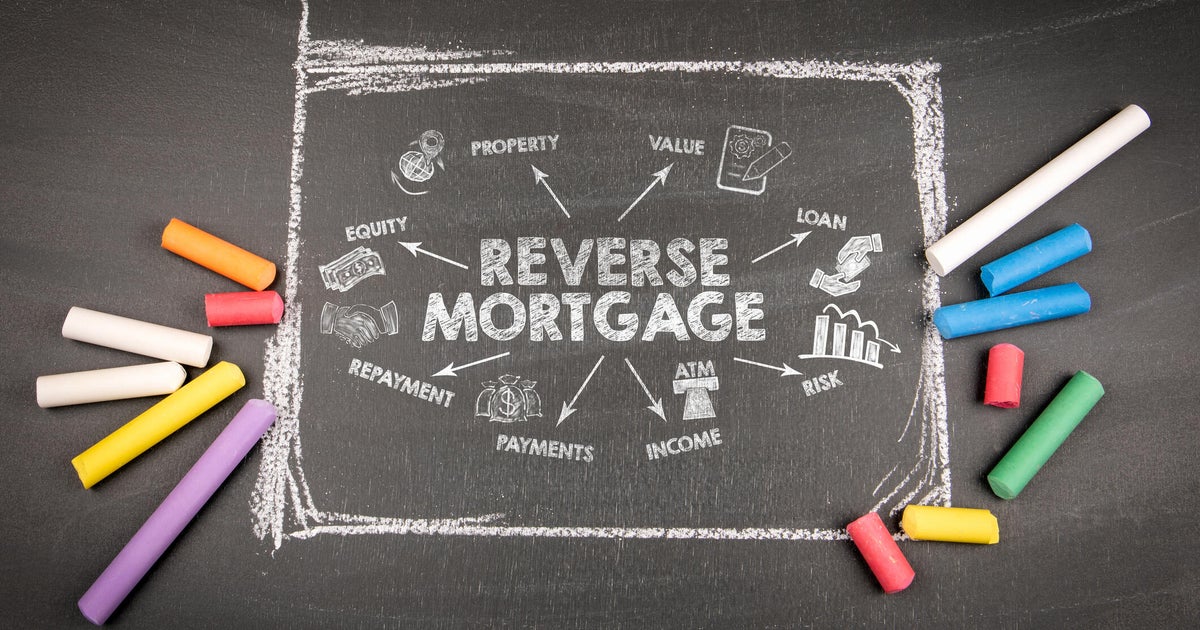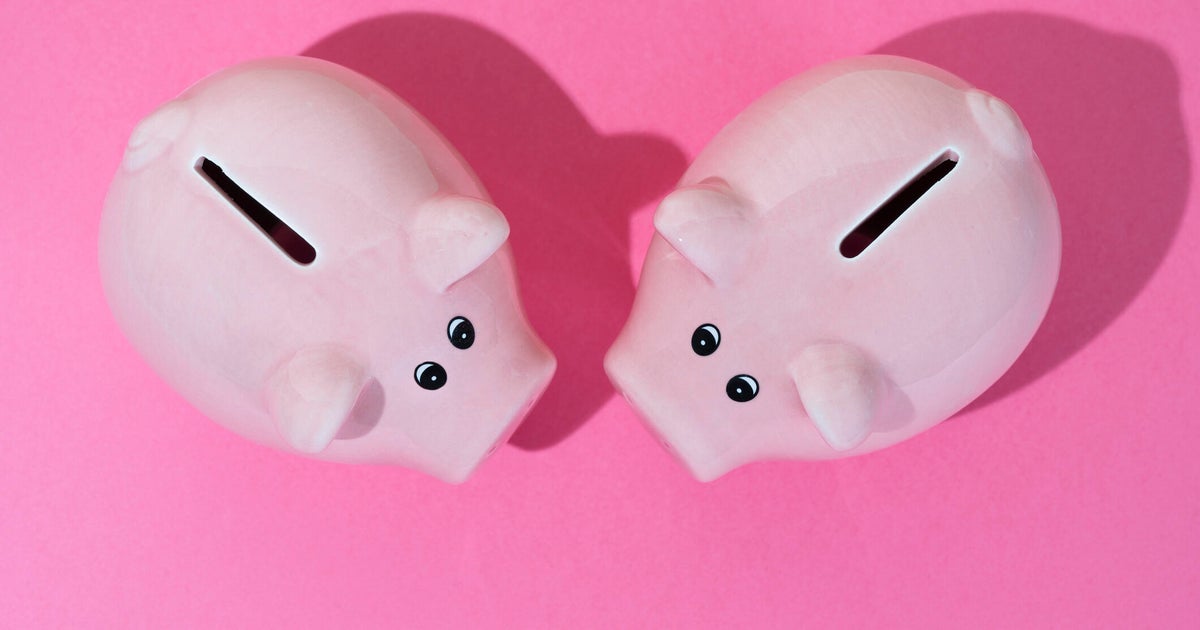Opinion
September 25, 2025 — 5.00am
September 25, 2025 — 5.00am
Australia has long prided itself on punching above its weight culturally.
Our films win international awards, and our digital games captivate audiences worldwide. These industries are also the beneficiaries of generous government tax offsets that rightly recognise their economic and cultural value.

Performers in Opera Australia’s recent production of Carmen.Credit: Keith Saunders
But there’s a glaring omission. In Australia, live performance – the original and most immediate form of storytelling – has no dedicated rebate scheme despite being the heartbeat of our creative ecosystem. This oversight lags international live performance tax incentive schemes. It also ignores what makes us fundamentally human in a digital world, increasingly transformed by AI.
In the theatre of cultural policy, the curtain is rising. On Thursday, the NSW government will host The Art of Tax Reform Summit at the Sydney Opera House. As Arts Minister John Graham says, “It’s time to talk tax”. The summit will bring together more than 150 policy experts and industry representatives to tackle the sector’s challenges.
The numbers tell a compelling story. According to the latest federal government report, cultural and creative activity contributed $67.4 billion to Australia’s economy in 2023–24. This is a 6.6 per cent increase from 2022-23 and a 45 per cent increase over 10 years.
Before COVID, live performance was a key part of this contribution annually, employed hundreds of thousands of people and drew millions of audience members who didn’t just buy tickets; they dined at restaurants, stayed in hotels, and shopped in local businesses in our cities and across the regions. While recovery is under way, a unique set of challenges remain: changed ticket-buying patterns, rising production costs, constrained public funding and little uptick in philanthropic and corporate support.

Nicole Kidman honed her craft on Australian stages before conquering our screens, and Hollywood.Credit: Getty
While a film producer can claim significant offsets for shooting in Australia, a not-for-profit performing arts company mounting new Australian work, for example, gets no such benefit. The disparity becomes clear when you consider that many of our most celebrated actors and creatives – among them Baz Luhrmann, Nicole Kidman, Deborah Mailman, Cate Blanchett, Hugo Weaving and Hugh Jackman – honed their craft on Australian stages before conquering our screens, and Hollywood.
The economic argument, compelling as it is, misses a deeper point: in our hyperconnected yet isolated age, live performance offers something no amount of digital or AI innovation can replicate: people sharing the same physical space and the same unrepeatable moment - in person.
When a theatre full of strangers collectively gasps out loud at a plot twist, or when a concert crowd sways as one to a familiar song, they become moments of deep social connection. They remind us that despite our differences in politics, background, or belief, we share fundamental emotional responses. In a time of increasing social fragmentation, these shared experiences aren’t just nice to have – they’re essential for maintaining a cohesive social fabric of Australian society.
Loading
Other nations recognise how vitally live performance contributes to population health and community ties. The World Health Organisation considers loneliness and social isolation public health risks comparable to smoking 15 cigarettes a day. In the UK, arts-on-prescription and social prescribing programs involving live theatre, music, museums and cultural heritage have been linked to reduced GP and hospital use, improved mental wellbeing, and lower rates of anxiety, depression, and social isolation.
Arguably, such research also demonstrates what our performers have always known: there’s no substitute for being there. In the subtle interplay between artists and audiences, and the possibility that anything might happen (and does), these elements create a form of magic unique to live performance.
The solution and rationale to a thriving live performance industry isn’t complicated: Australia should invest by way of extending meaningful tax incentives to the sector. As Australia’s largest performing arts employer, Opera Australia is supportive of Live Performance Australia’s proposed 40 per cent pre-production activity-based incentive rebate for commercial and non-profit organisations. It’s based on the UK’s Theatre Tax Relief (TTR) of up to 45 per cent of production costs for theatre productions, including touring shows. In effect, it’s a tax credit. It would underwrite the development of important new Australian work, enable more Australian stories to be told and create more stable career pathways for young Australian artists, creatives and arts workers.
Such support would acknowledge what other nations already recognise through long-standing tax incentive schemes: live performance is a vital, irreplaceable component of cultural life.
If we believe in Australian creativity and are serious about a robust cultural sector that serves artists, audiences, and the wider community, then live performance must receive the same support we provide screen and digital gaming industries. The drama of live human performance simply can’t be replicated. The stage is set.
Greta Bradman is an Opera Australia board member and a former performing artist.
Get a weekly wrap of views that will challenge, champion and inform your own. Sign up for our Opinion newsletter.
Most Viewed in National
Loading


